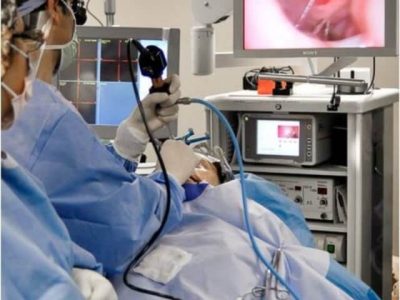- Open Rhinoplasty:
A small external incision on the columella (between nostrils) grants full visibility of nasal structures ideal for significant reshaping or revision cases. Even when the open rhinoplasty technique is used, in the long term this incision becomes nearly invisible.
- Closed Rhinoplasty:
All incisions are concealed inside the nostrils, resulting in no scars and typically faster recovery.
- Structural (Structure) Rhinoplasty:
This method rebuilds and reinforces the internal nasal framework. Involves using cartilage grafts (from septum, ear, or rib) to support tip definition, straighten deviation, and prevent collapse, particularly when weakened by aging, trauma, or prior surgery.
Offers durable, long-lasting results, and is especially important in complex, revision, or reconstructive cases
- Preservation Rhinoplasty
Preservation Rhinoplasty preserves much of the natural nasal bone and cartilage, especially along the dorsal bridge. Instead of removing the hump from the top, surgeons “push down” or “let down” the dorsal bridge, maintaining the nose’s original shape and avoiding an “open roof” deformity.
Results in faster healing, less swelling, and more natural contour, though it’s best suited for patients with simple dorsal humps and intact nasal structures.
- Hybrid: Structural Preservation Rhinoplasty
A combined technique that integrates both philosophies:
- Preservation methods for the upper two-thirds of the nose
- Structural grafting in the lower third to support tip shape and nostril stability.
This tailored approach offers the stability of structural grafts while minimizing tissue disruption for better aesthetics and quicker recovery






